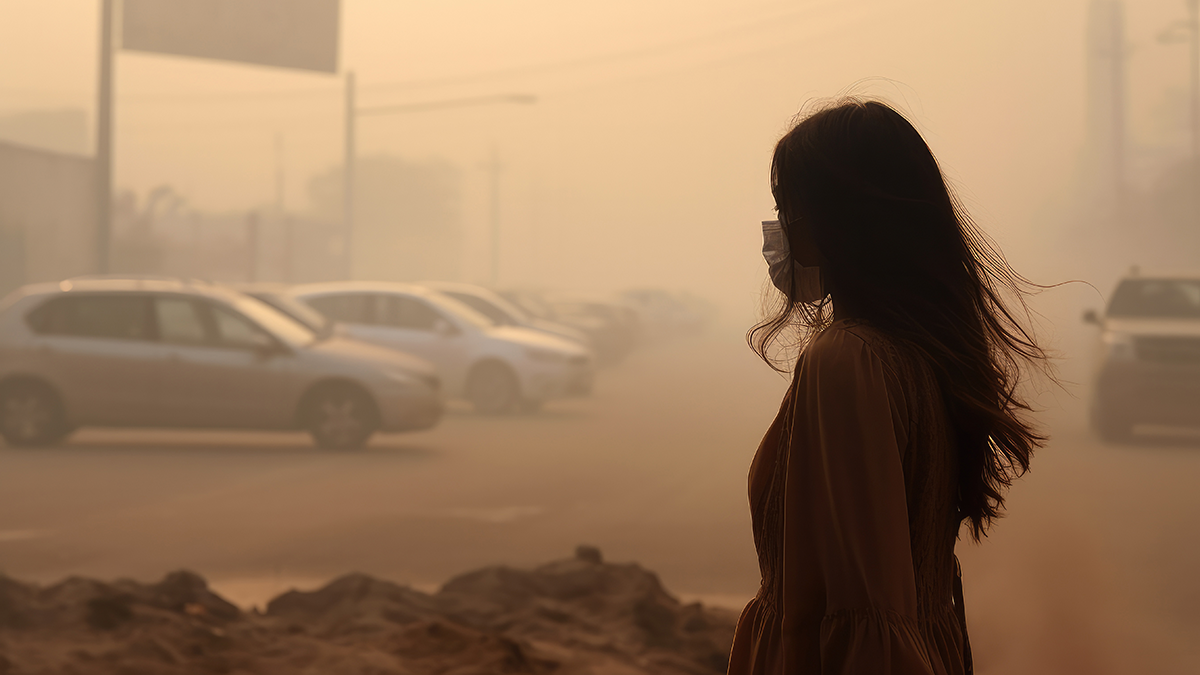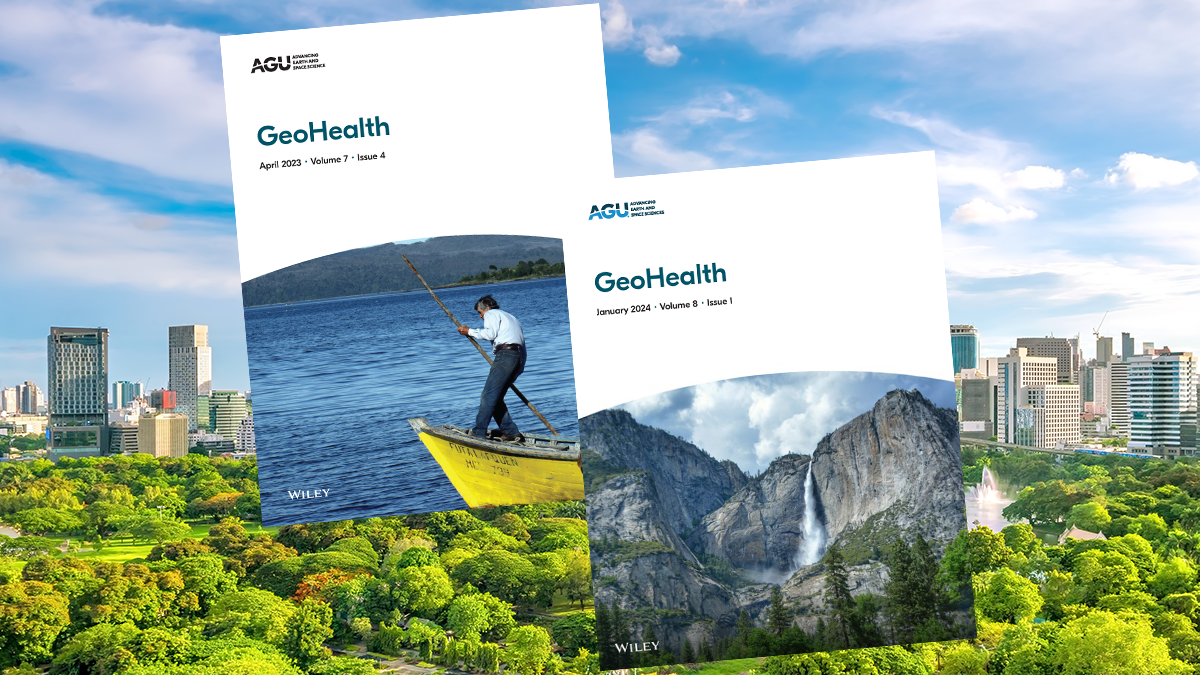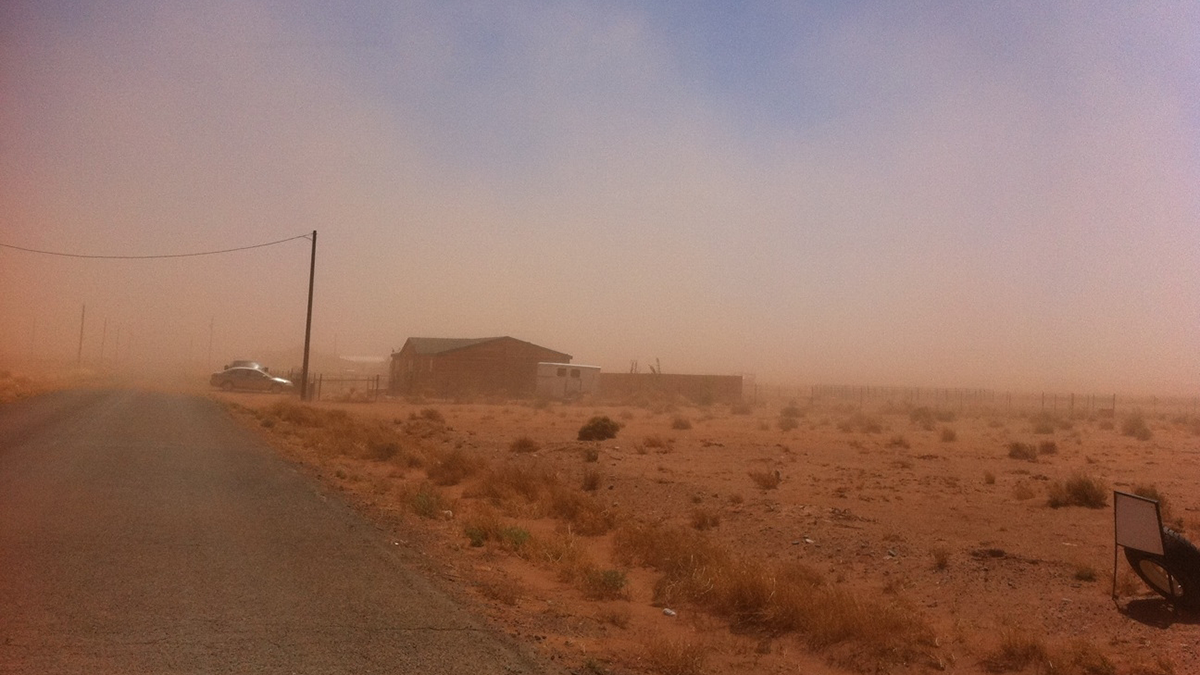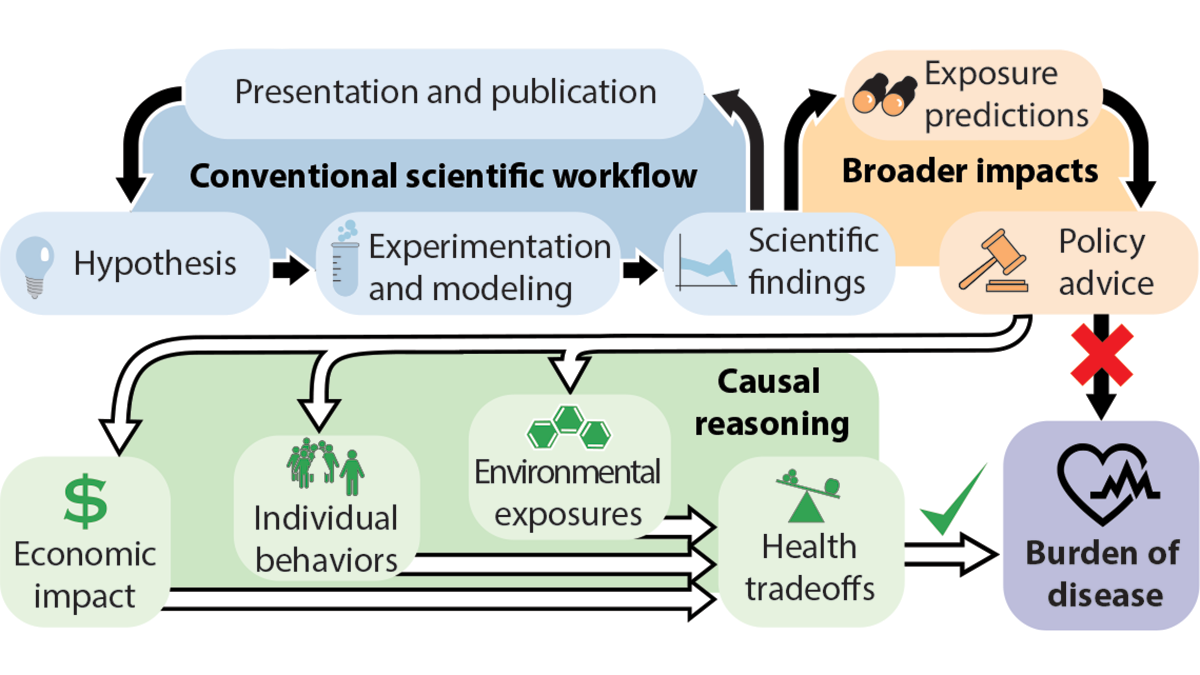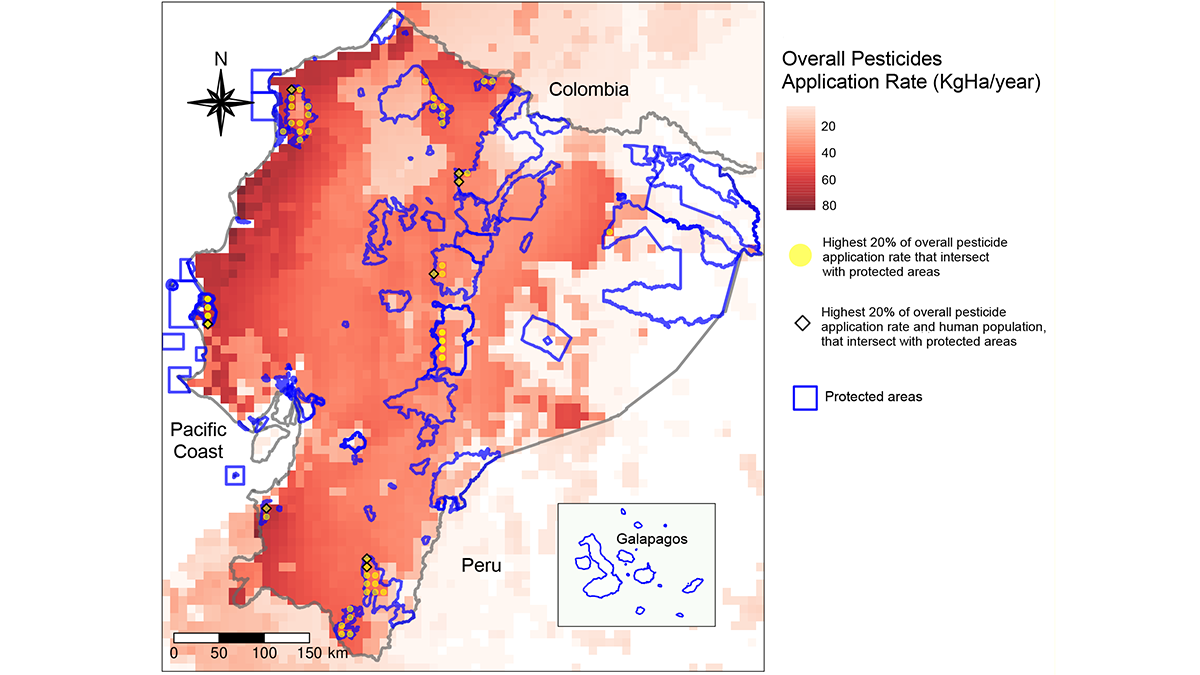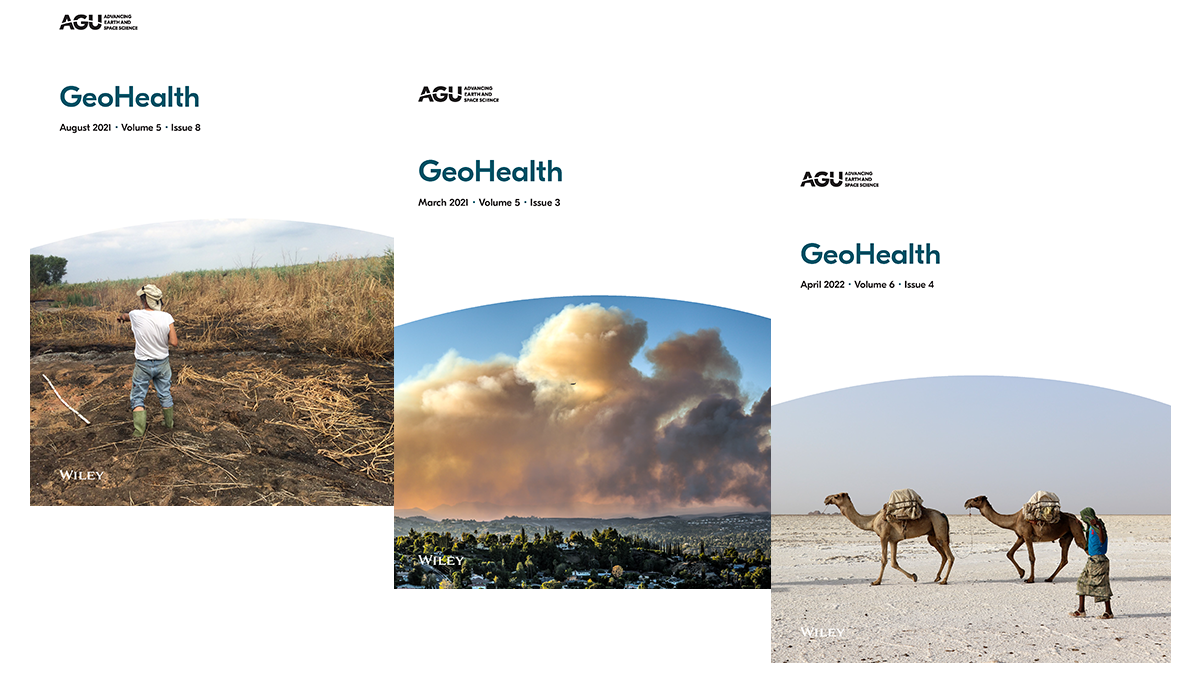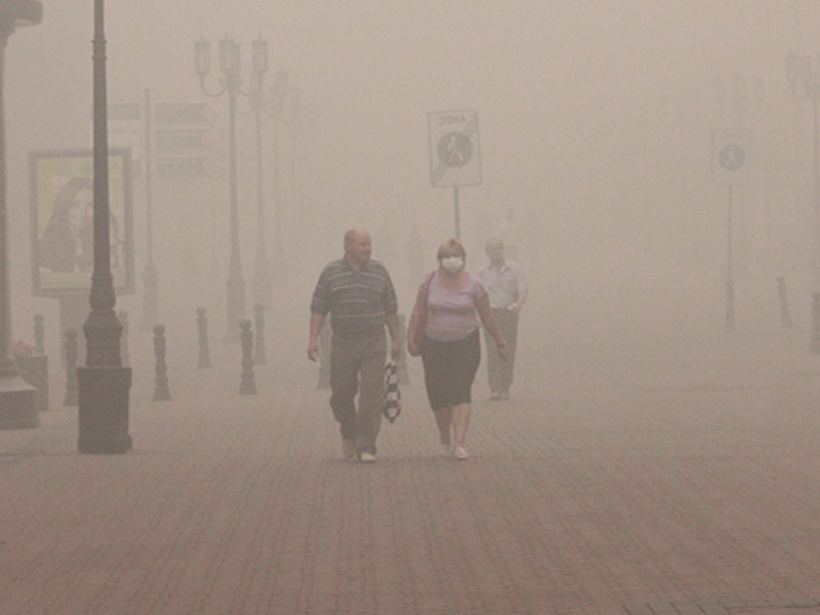AGU and ASM welcome submissions to a joint special collection focusing on the impacts of climate change and microbes on human well-being.
Gabriel Filippelli
Editor in Chief, GeoHealth 2017-
GeoHealth Comes of Age
The outgoing and incoming Editors in Chief of GeoHealth reflect on recent years of growth and expansion in the journal while they plan for the challenges ahead.
A Dust-Up Over Dust Measurements
Dust has significant impacts on the environment, climate, air quality, and human health, yet dust events are underestimated and therefore do not receive the level of attention necessary.
Connecting the Dots Between Geohealth Research and Health Policy
Geohealth research is typically focused on environment-health impacts, but including physical and social mechanisms, and health and non-health trade-offs, can result in better policy benefits.
Mapeo de la convergencia entre pobladores, pesticidas y áreas protegidas
La exposición a pesticidas puede afectar la salud humana y de los ecosistemas. Una investigación reciente aplica modelos cartográficos en Ecuador, los cuales pueden ser exportados a otras escalas para limitar estos impactos adversos en otras regiones.
Mapping Intersections of Pesticides, Protected Areas, and People
Pesticide exposures can impact human and ecosystem health, and new research uses a modeling approach applied to Ecuador that can be scaled and exported to limit negative impacts in other regions.
GeoHealth Expands Topical Areas with New Editors
AGU’s interdisciplinary journal, GeoHealth, adds three new experts to its editorial board as it continues to grow in submissions, impact, and scope.
Community Scientists Help to Beat the Heat
As cities face health threats from heat and air pollution—both expected to worsen from climate change—researchers pilot a community scientist effort to map air quality and improve urban health.
Does Bad Air Cause Lung Cancer?
Papers are welcomed for a new cross-journal special collection exploring the links between air quality and lung cancer.
Our Losing Phosphate Wager
Global food systems depend on fertilizers with phosphate. We need to act now before this nonrenewable resource runs out.

